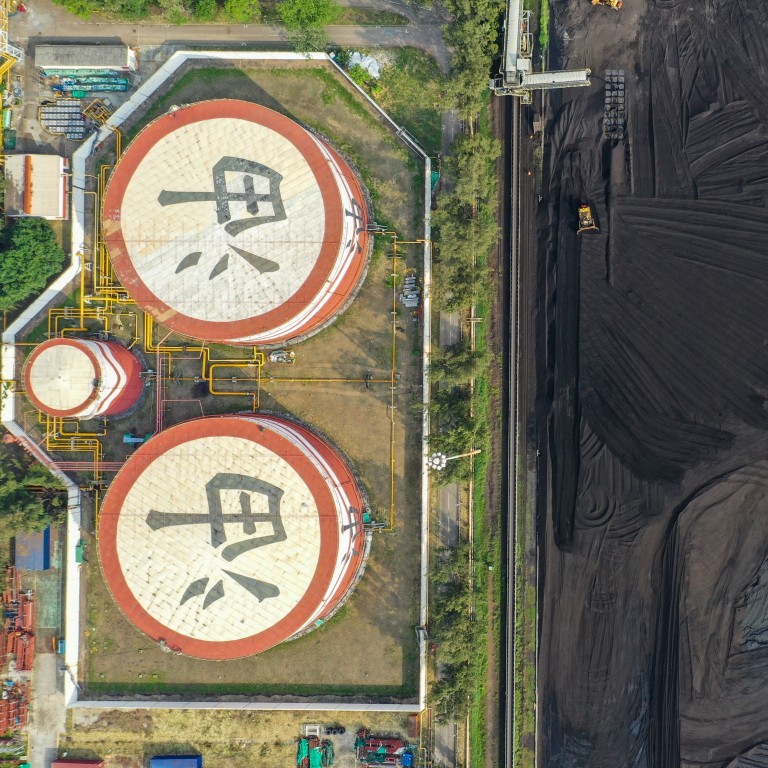
Hong Kong power utility CLP eyes regional clean energy imports, domestic renewable energy to help city decarbonise
- CLP Holdings unveils a 23 per cent decline in interim profit
- Company will only switch to green hydrogen when supplies are ‘commercially available in sufficient volumes’
“In the short to medium term, we believe the bulk of our contributions towards the government’s carbon reduction target will be through developing more renewable energy projects and regional cooperation to introduce more clean energy supply,” she said after CLP Holdings unveiled a 23 per cent decline in interim profit. “We are closely monitoring trial projects in different countries. The key to this is establishing a reliable supply chain and economic viability of the clean fuel.”
On Monday, the company noted in its results statement that it will only make the transition to green hydrogen when supplies of the carbon-free fuel were “commercially available in sufficient volumes”. The earliest time frame for the commercial deployment of hydrogen in CLP’s Black Point power station in Tuen Mun, New Territories, was late 2030s to early 2040s, depending on the progress of global technological developments, Yuen said.

04:56
Hong Kong could slash carbon emissions 70% with more ambitious goals, says former observatory head
In Australia, CLP will build a power plant in New South Wales that will be capable of burning both natural gas and hydrogen. Hydrogen will account for 5 per cent of its fuel mix when it starts operations in 2025, which may be lifted in subsequent years. CLP has committed to buying verifiable carbon offset credits for emissions generated from the plant’s natural gas burning, so that it will achieve net zero emissions over its lifetime.
The Hong Kong government set a target in November last year for the city to become carbon-neutral by 2050. It has yet to unveil implementation details for the power sector. Fossil fuels at power plants account for about two-thirds of Hong Kong’s carbon emissions currently. The transport sector contributes around 18 per cent.
CLP said it was studying the feasibility of building a large-scale offshore wind farm in Hong Kong, after substantial declines in construction costs over the past decade had made these more economically viable. The plan, which may form part of its 2023-28 development plan, will be subject to approval by the government, Lancaster said.

